Travelling is a thrilling and educational experience that numerous people and associations like to share in. But in many cases, many explorers are unaware of the amount of carbon footprints they leave behind that might harm the country or community they visited.
Let’s talk facts, shall we? Long distance travels are HORRIBLE for the earth. Harmful fuel swallowing planes, water wasting lodgings that utilise an over the top measure of cleaning chemicals, a stunning measure of plastic straws that come in each and every cocktail/fruity beverage you have. The list continues endlessly. All these factors make eco-tourism a very important practice for people who love to travel.
So, what exactly is Eco-tourism? It is: enabling individuals to explore new places in a way that positively impacts the natural habitat through education, financial opportunity, and protection makes a helpful ordeal for everybody included. Ecotourism incorporates precisely this: expanding experience and limiting damage. Sounds great, doesn’t it?
If your heart is yearning for some eco-travel, MLMT has a list of must visits hand- tailored for you.
1. Nicaragua, Central America:
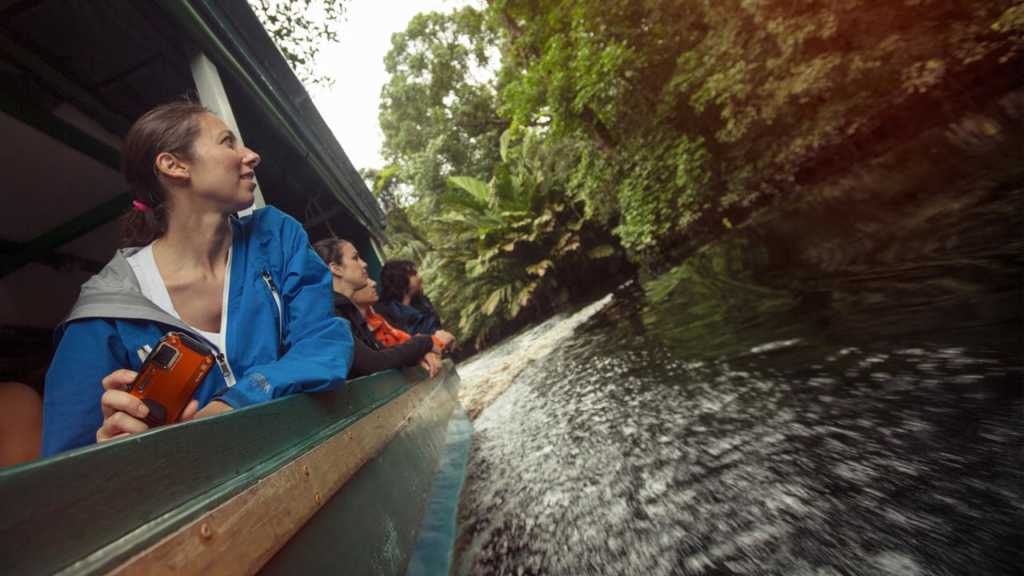
Humming with wildlife, Nicaragua is tipped to obscure neighbouring Costa Rica as a bait to catch attention of eco-travellers. Nicaragua’s lakes and volcanoes, rainforests and deserted shorelines are a nature lover’s heaven. With 76 protected territories covering over 20% of its landmass, it overwhelms its increasingly prevalent neighbour for eco-travel industry, Costa Rica. What settles on Nicaragua as an incredible decision for anybody hoping to participate in ecotourism is that its principle attractions are already according to the concept of eco-tourism. Developing ecotourism here hasn’t required any significant upgrades in existing lifestyles nor in its ecological element. This welcomes increasingly real travel encounters that are truly sustainable, and that is what ecotourism is about, isn’t it?
When in Nicaragua must visits for the “green tourists” are: Finca Esperanza Verde(Green Hope Farm), Domitila Private Wildlife Reserve, Granada Homestay and Rio Indio Lodge.
2. Jamaica, West Indies:
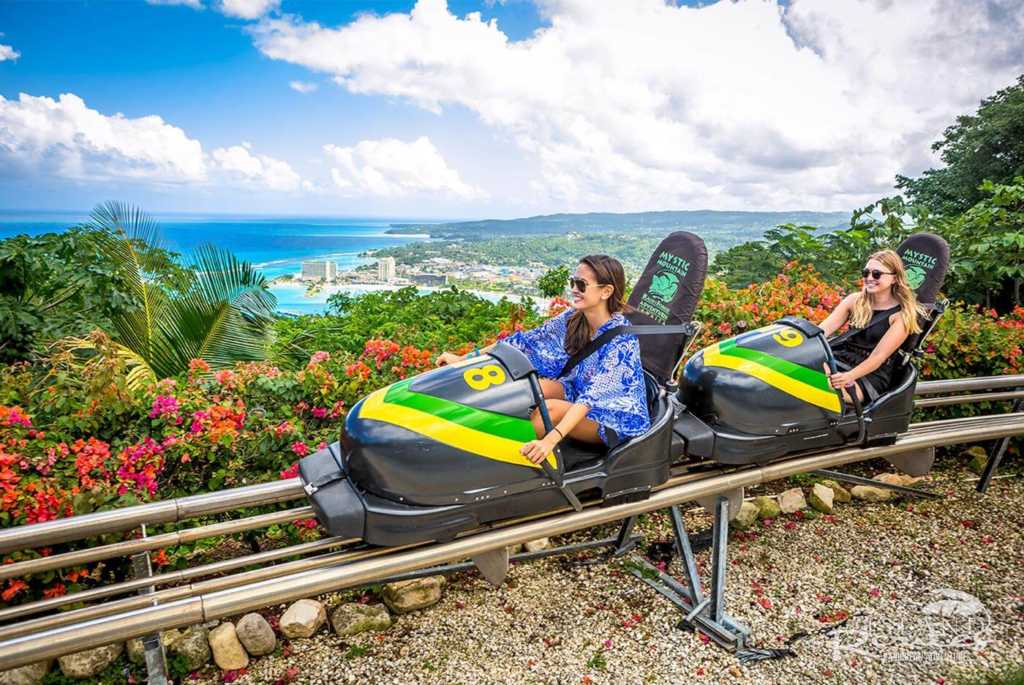
Encompassed by biological and cultural assorted variety, Jamaica is one of the Caribbean’s best ecotourism destinations. From hiking trails to segregated beaches, waterfalls, and other shrouded gems, there is no lack of spots to discover for nature lovers.
This excellent tropical island in the Caribbean is honoured with many of endemic plants and creatures that are only found in Jamaica, for example, wild pines, giant swallowtail butterfly, Jamaican crocodiles, the black and Yellow-billed parrots, yellow snake and the national bird of Jamaica: the Doctor Bird.
There are progressing projects by local people and other companies to make Jamaica the prime ecotourism spot in the Caribbean. There are recovery missions to secure and protect nature, resources and creatures. Here eco- friendly attractions include: Mystic mountains, Rio-Grande Valley, Dunn’s River falls, Green Castle Estate, Bamboo rafting on the Martha Brae River, and hike on the Blue Mountains.
3. Sabah, Malaysia:
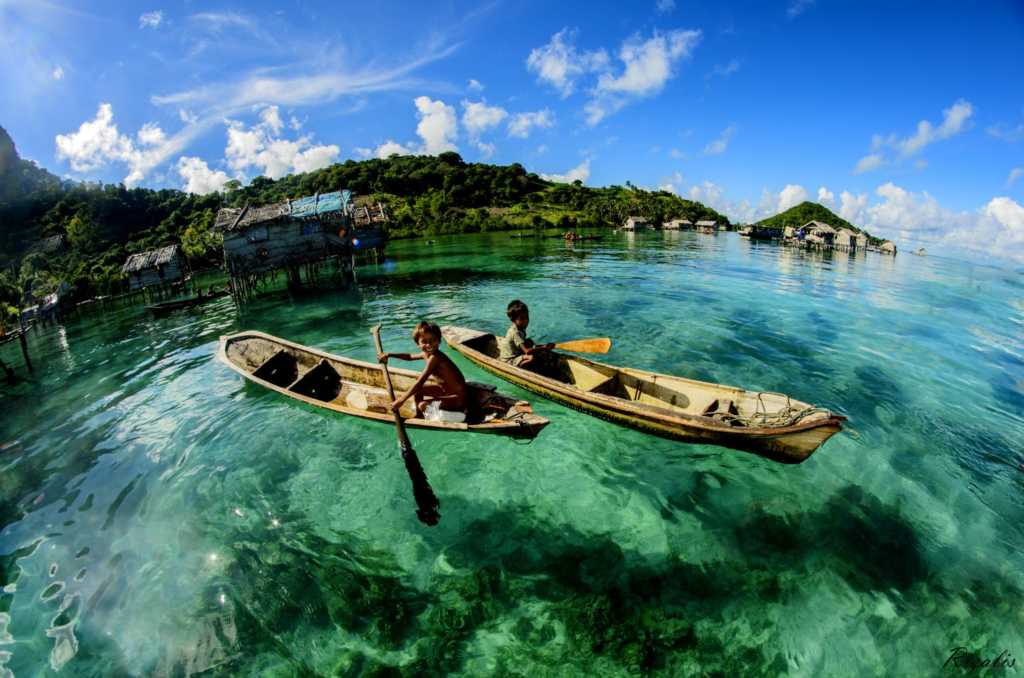
Its an obvious fact that Malaysia is a well known eco- travel destination. It’s jungles, river and immaculate beaches are alluring to nature-lovers and standard travellers alike.
Sabah has the flaunting rights with its lavish biodiversity and vivid rich cultures. It has such a great amount to offer to travellers of assorted types, be it explorers on a budget or the individuals who incline toward the better things throughout everyday life. Also, in case you’re an adventure searcher and nature lover, Sabah won’t disillusion in fulfilling your adventure and travel yearnings.
Sabah may appear each eco visitor’s fantasy – a nice lineup of rainforests, remote reefs and traditional tribes.In Sabah, Borneo– one of the island’s 13 states– you’ll find an amazing 140-million-year-old rainforest that is one of the most oldest on the planet. Places to add to your list and cross them out are: Summit of Kinabalu, Crocker Range Eco Trek, Maliau Basin Trek, Mt. Trus Made nature trek, Padas White water rafting, Quad Biking, Kiulu River rafting and Cycling tour in Tamparuli.
4. Namibia, Africa:
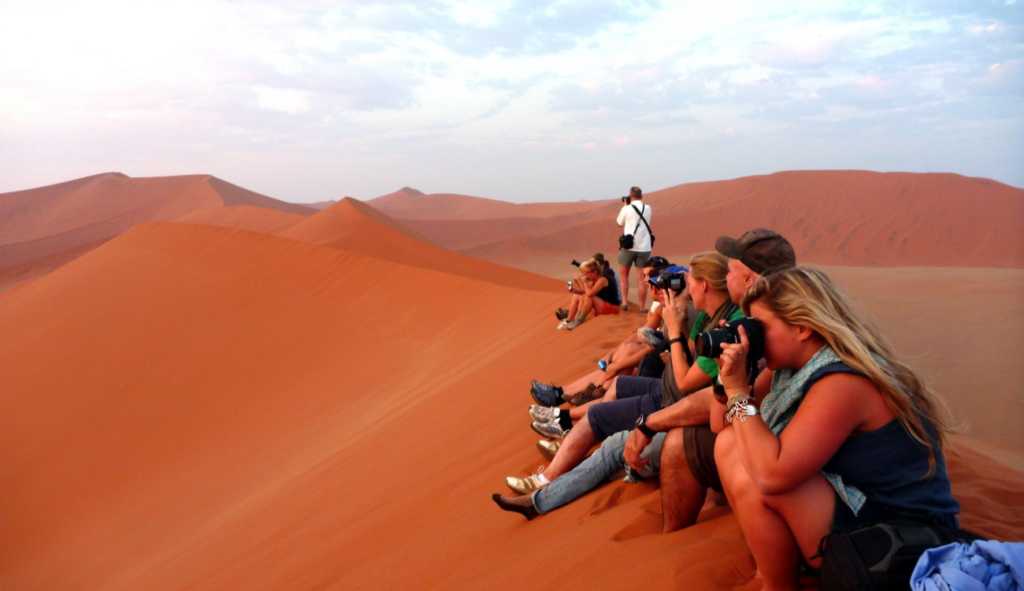
Namibia presently has the biggest quotient in the realm of free-meandering animals including the uncommon dark rhino, lion and zebra, and the biggest number of cheetah in Africa. This, thus, has pulled in guests who are searching for special travel encounters — here, you can follow major game on antiquated creature pathways, instead of on a fenced national park.
Such an assorted, secured biological community gives guests a chance to focus on the remarkable and the uncommon. The parched, apparently dormant land, has an assortment of desert-adapted plant and wildlife. Harsh conditions have helped creatures to adapt in order to survive: beetles gather water moisture on their backs as it rains rarely, elephants have more slender legs to conform to longer distances for food and water, and the Welwitschia plant lives so long it turns into a fossil.
Regardless of whether IT’S PROTECTING sensitive desert environments and endangered wildlife, Namibia is a worldwide pioneer for responsible travel and preservation. With a yearly developing number of 1.5 million explorers to Namibia, its association with responsible travel industry is essential for a positive effect on the earth, economy, culture, and assets.
Namibia boasts remarkable natural attractions such as the Namib desert, the Fish River Canyon, Etosha National Park, Wolwedans, Rostock Ritz, and the Kalahari desert.
5. New Zealand:
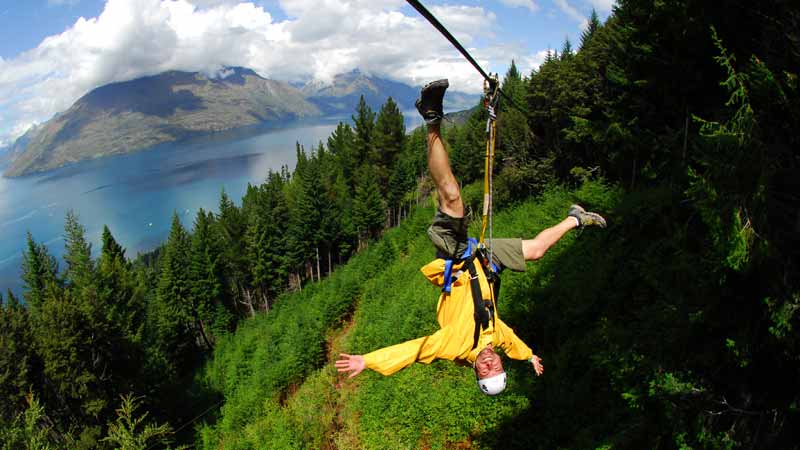
New Zealand is an amazing nation of stunning scenes brimming with astounding natural life. While eco travel industry in New Zealand takes into account the visitors, it guarantees that their condition stays in great sustainable condition. The point of all eco-travel industry in New Zealand is to decrease the negative effects on the surroundings, and returning something to the planet.
The incredible preferred standpoint of New Zealand nature is that there are a wide range of landscapes, scenic beauty and ecosystems so near one another.Over 20 percent of New Zealand is covered in national parks, forest areas and reserves which makes it even more unique as compared to its contemporaries. From the sub-tropical rainforests of the far north to the snow capped ranges and tremendous icy lakes in the south, there’s an eco-experience holding up at pretty much every turn.
Must visits when in New Zealand are: Mount Cook (New Zealand’s highest peak at 12,316 ft), Poor Knights Islands, Wai-O-Tapu Geothermal Wonderland, White Island, and Tongariro National Park.
6. Iceland, Europe:
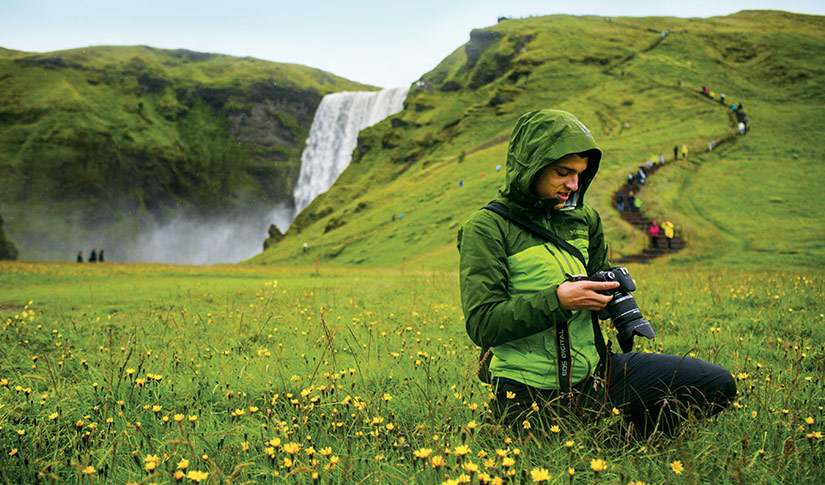
Iceland isn’t new in the world of ecotourism. It has been perceived in the past as a standout amongst the best ecotourism goals on the planet. The scarcely populated island country is ruled by volcanoes, geothermal springs and waterways, all of which visitors can visit easily. The majority of the nation’s energy originates from geothermal and hydroelectric plants, the travel industry experts advance environmental friendly lodgings and guides around non-mechanised expeditions. While its ecotourism industry isn’t new, cheap and promptly accessible airfares make the nation more open than any other for individuals who need to encounter it.
When in Iceland you cannot miss: Solheimer, Hof, Laugarvatn, Hotel Husafell, Akureyri, Eastfjords, Fimmvorduhals, The Highlands, Jokulsarlon, Reykjavik and Snaefellsnes.
7. Ecuador, South America:
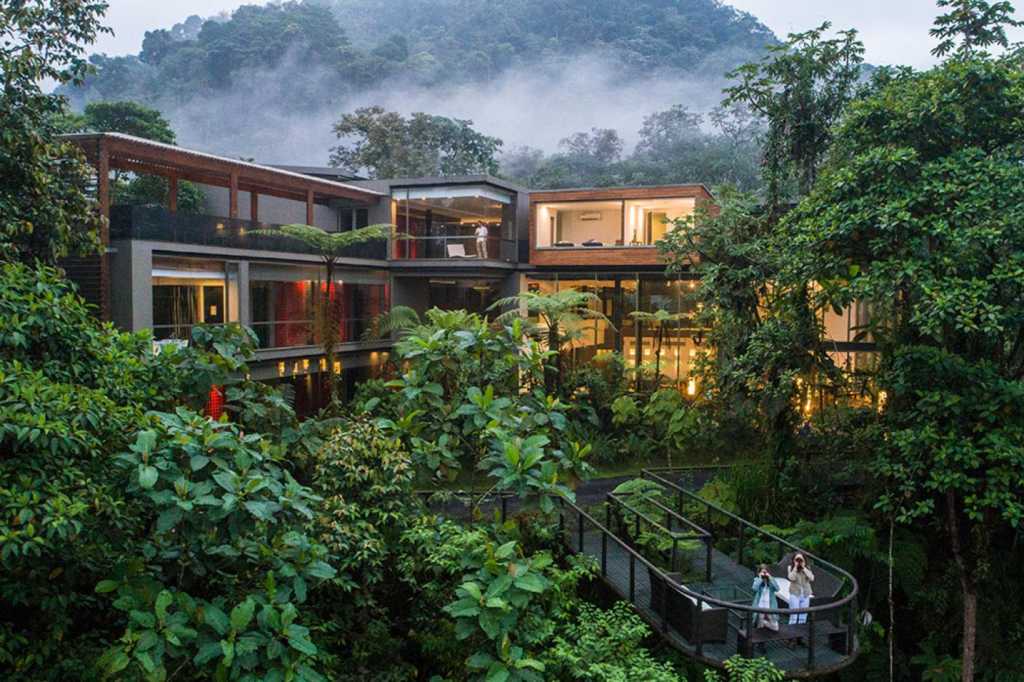
It isn’t out of the blue that Ecuador has been awarded with the World’s Leading Green Destination for two sequential years. Amid the worldwide 2016 World Travel Awards, Ecuador figured out how to win the title once more, beating Norway, Costa Rica, Perú among others.Ecuador, one of the littler yet most various nations in South America. The nation, situated by the Pacific sea boasts a wide range eco-friendly surroundings and outcomes for guests to find out about nature and because of its location, Ecuador can be visited all year round.
Must visits include: Las Latas Cascades, Baños, Mindo, Yasuni National Park, El Cajas National Park, San Rafael Waterfall, Galapagos, El Coca, Pululahua Geobotanical Reserve and Peguche waterfall.
Now that you know all the places and have also read about them, why not visit them and experience all of it yourselves to believe it. Pack your bags and don’t feel guilty about travelling anymore, you are now a “GREEN TRAVELLER”!
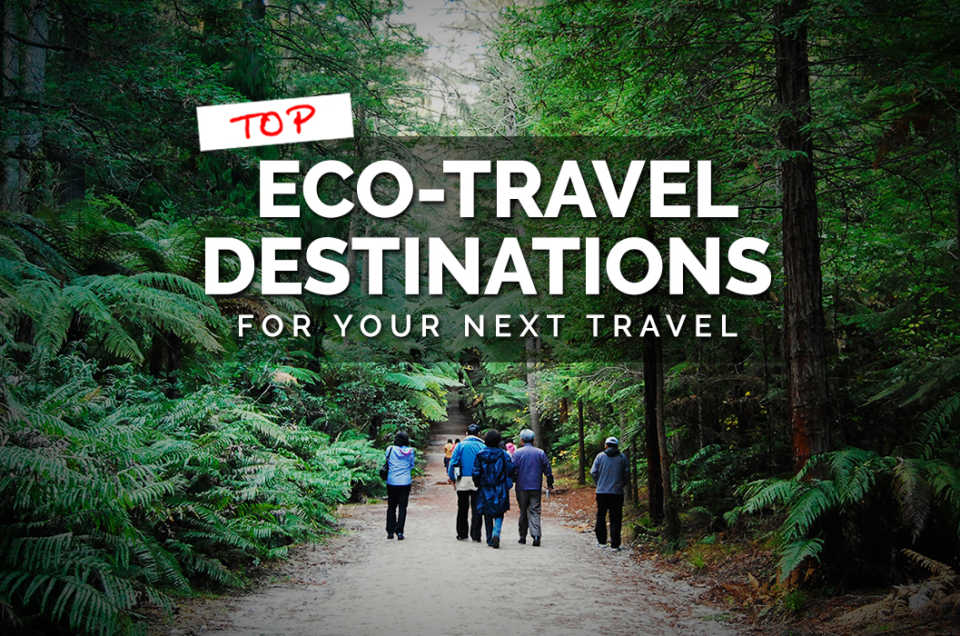
 We aim to provide Optimum Travel Services and providing a One-Stop-Solution to our customers, Our Team comes together each day to design a trip that offers the single most comprehensive travel experience to our customers.
We aim to provide Optimum Travel Services and providing a One-Stop-Solution to our customers, Our Team comes together each day to design a trip that offers the single most comprehensive travel experience to our customers.